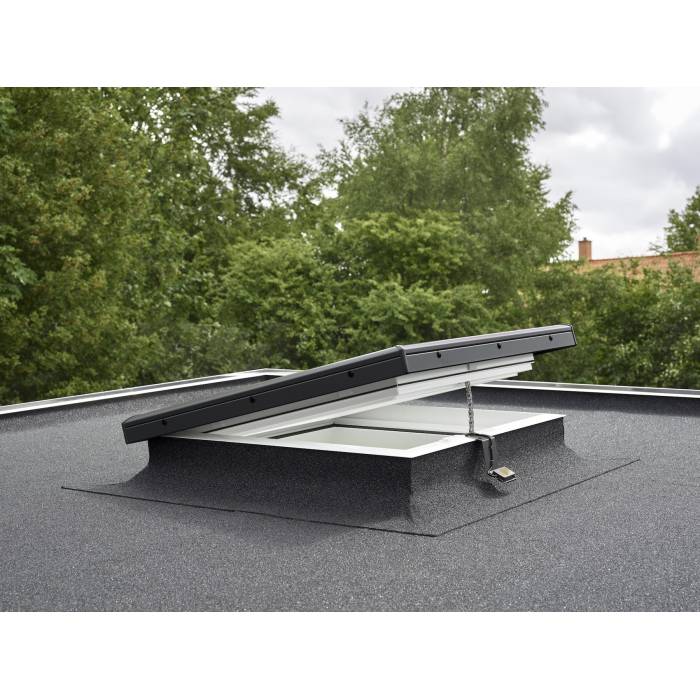Transporting windows—whether they’re brand new units for a renovation or old sashes being saved—is one of the most nerve-wracking tasks in any project. They are heavy, awkward, and incredibly fragile. A single mistake can lead to a cracked pane, a damaged frame, or worse, a serious injury.
However, with the right preparation, equipment, and technique, you can move glass and window frames safely and securely. This definitive UK guide will walk you through the professional steps to ensure your windows arrive at their destination in perfect condition.

Safety First: Your Essential Personal Protective Equipment (PPE)
Before you even touch a window, you must protect yourself. Glass is unforgiving. Never handle windows without the proper PPE:
- Cut-Resistant Gloves: Standard gardening gloves are not enough. Invest in a pair of proper, EN388-rated safety gloves designed for handling glass and sharp materials.
- Safety Goggles: Protect your eyes from potential chips or shattering glass.
- Sturdy, Closed-Toe Footwear: Steel-toed boots are ideal. Never handle heavy windows in trainers or sandals.
Essential Equipment for Safe Window Transport
Gathering the right tools beforehand will make the job ten times easier and safer.
- Heavy-Duty Moving Blankets: These are thick, padded blankets designed to absorb shocks and prevent scratches.
- Cardboard Corner Protectors: Essential for protecting the vulnerable corners of the frame from impact.
- Low-Tack Masking Tape or Painter’s Tape: Used for securing wrapping and marking the glass.
- Ratchet Straps or Bungee Cords: For securing the windows inside your vehicle.
- Glass Suction Cups (Optional but Recommended): For larger panes of glass, these tools provide a secure grip and make lifting much safer and easier.

The Step-by-Step Guide to Preparing and Loading Windows
Follow this process meticulously for a damage-free move.
Step 1: Clean the Glass
Before you begin, ensure the glass surface is clean and dry. This helps tape adhere properly and allows suction cups to get a firm grip.
Step 2: Apply an ‘X’ with Masking Tape
Place a large ‘X’ of masking tape across the glass from corner to corner. Important: This does not magically strengthen the glass. Its primary purpose is to hold the glass shards together if a crack or break occurs during transit, reducing the risk of injury and further damage. It also makes the glass more visible, reminding everyone to handle it with care.
Step 3: Protect the Corners and Edges
The corners are the most vulnerable part of any window. Slide cardboard corner protectors onto all four corners of the frame. If you don’t have these, you can fashion your own using folded, heavy-duty cardboard secured with tape.
Step 4: Wrap for Complete Protection
Lay a moving blanket on a clean, flat surface. Place the window on top and wrap it completely, like a present. Ensure there is at least one layer of thick padding covering the entire unit. Secure the blanket with packing tape, making sure the tape doesn’t stick directly to the frame or glass.
Step 5: Lift Correctly
- Team Lift: Never try to lift a large window on your own. Always have at least one other person to help.
- Keep it Vertical: Always carry the window on its edge (vertically). Never carry it flat (horizontally), as this puts immense stress on the centre of the glass.
- Use Suction Cups: If using suction cups, ensure they are properly secured to the glass before lifting.
Step 6: Load Vertically, Never Flat
This is the most critical rule of transport. Always load windows into your van or truck on their edge. Leaning them against the side of the vehicle is ideal. Placing a window flat makes it extremely susceptible to cracking from bumps and vibrations in the road.
Step 7: Secure the Load Firmly but Gently
Use ratchet straps to secure the window(s) against the side of the vehicle. Place the straps across the frame, not the glass itself. Tighten them just enough to prevent any movement—do not overtighten, as this can put enough pressure on the frame to crack the glass. Place additional moving blankets or soft materials between the window and the straps to add extra cushioning.
The Self-Storage Connection: Storing Windows During a Project
Self-storage is an invaluable tool during renovations involving windows:
- Project Delays: If your new windows arrive before the openings are ready, storing them in a secure, dry self-storage unit is far safer than leaving them on-site, exposed to weather, dust, and potential damage.
- Storing Old Windows: If you are removing original sash windows from an older or listed property, you may want to save them for restoration. A storage unit keeps them safe and out of the way.
- Tradesperson Stock: Glaziers and builders can use a storage unit as a local, secure hub to store windows and materials for various jobs.
When storing windows in a unit, follow the same rule as transport: always store them vertically, leaning against an interior wall with padding underneath and between them.
When to Call the Professionals
While this guide makes DIY transport achievable, know your limits. You should always hire a professional moving or glazing company if:
- The windows are extremely large, heavy, or an unusual shape.
- They are high-value items, such as stained glass or specialist architectural glass.
- Access to the property is difficult.
The extra cost of professional handling is a small price to pay compared to the cost of replacing a valuable, broken window.
